There will come a time in the future when cars become fully self-sufficient, requiring absolutely no human intervention in the daily commute, be it on highways or urban settings.
Imagine this: you’re sitting in a car with four other passengers, all seated in rotatable chairs facing each other as you would at a dinner table, chatting away while being driven to your destination. The vehicle stops, your smartphone pings to signal that you’ve arrived, and the chairs are automatically angled towards the doors, thus alighting effortlessly.
As an owner of the self-driving car, all that’s left to do is make a few taps on your phone, and the car scoots away in search of a parking spot. This process is infinitely repeatable, and as a passenger, one could read the news, watch a movie, or even take a nap on the move.
While that scenario may seem far-fetched, some of the key technologies that enable cars to drive autonomously are being researched and developed as we speak, perhaps more extensively than we’d like to think. But have you ever wondered how they work, and what exactly do the levels of automation mean? Well, allow us the pleasure.
Before diving into the matter, it’s worth noting that no two automated driving technologies are exactly alike. Therefore, in 2014, the Society for Automotive Engineers (SAE) International’s standard J3016 outlined six levels of automation for automakers, suppliers, and policymakers to use. This makes it easier to classify a system’s sophistication. Now, without further ado…
Level 0 – No assistance, zero automation
Since the dawn of the automotive age, cars require human drivers to execute all longitudinal and lateral controls at all times. Cars that fall under this category are typically devoid of driving assistant systems, so the driver assumes full vehicular control from acceleration, braking, steering and negotiating traffic. When you lose control of your car, you alone must decide how to react and regain control of the car.
Today, many automakers are beginning to introduce basic driving assist features such as cruise control in lower end cars, signalling a wave of change that will hopefully be adopted on a global scale.
Level 1 – Basic Driver Assistance
In this first stage of automation, the vehicle takes over acceleration and braking, and is able to maintain the distance to the car ahead automatically. The system enabling this is known as Adaptive Cruise Control (or ACC for short), and it plays a big role in Level 1.
ACC works via radar sensors and forward-facing cameras (can be one or more cameras), ensuring that a pre-selected speed and distance are maintained. Other common features found in this tier of automation include Lane Departure Warning System, Automatic Emergency Braking (AEB; usually available when ACC is present), and speed prediction tech.
Car brands like Ford and BMW also include parking assistance systems, comprising a set of sensors that help guide a vehicle into a parking spot independently. In some cases, four cameras are deployed to provide a 360-degree view of the car’s surroundings, giving drivers full visual access from behind the wheel.
Level 2 – Partial Automation
Level 2 expands on the aforementioned systems, sometimes offering up to 25 individual functions that increase safety, comfort and efficiency. This includes steering and lane keeping assist, including traffic jam assist and traffic light recognition. The last system is currently being developed by BMW for the G20 3 Series, and you can watch exactly how it works in the video above.
At this stage, the adaptive cruise control is able to operate at speeds of up to 210 km/h on all types of roads. A set of stereo cameras and radar systems monitor the car’s surroundings, not only recognising legible road markings, but also the vehicles in front. When the car in front slows down to a stop, the vehicle you’re in will automatically apply braking pressure to come to a stop.
After a short while, the driver is reminded that within this level of automation, he or she is still responsible for driving and behaviour in road traffic at all times. As goes without saying, the driver assist systems that fall under this category require full human supervision. It’s also worth noting that the self-parking system is more advance, allowing a vehicle to be manoeuvred forwards or backwards into a narrow parking space or garage.
Level 3 – Conditional Automation
In this stage of moderately high automation, the driver will be able to relax more often and won’t need to keep a constant eye on traffic or permanently monitor the driving assist systems. Here, the systems take over all longitudinal and lateral controls, albeit in specifically defined situations. The systems in Level 3 automation recognise their limitations and would demand the driver take over when necessary.
There are prerequisites, though. The bulk of self-driving has to be done on clearly defined roads, particularly highways. Here, the Adaptive Cruise Control works in tandem with Lane Keep Assist, while the stereo cameras help with steering to keep the car within the designated lane. Some premium cars have these systems either as standard or as an option, although in some markets there are legal requirements to be met.
For example, when a Level 3 car with ACC engaged approaches an unclear situation such as roadworks, the driver will be requested to take over vehicular control. If there is no manual input from the driver, the car will automatically stop on the shoulder before the roadworks, thereby reducing accident risks.
The technological leap from Level 2 to Level 3, while seemingly inconsequential, is in fact highly demanding. The less driving a human does, the more advanced the sensors have to be. Complex traffic situations can only be deciphered by a constant interplay of top sensor technology, a high definition map updated in real time, and a reliable and precise image of reality.
Again, while some premium cars have the necessary hardware to successfully execute Level 3 autonomous driving, developers are still obliged to carry out millions of test kilometres in a real driving environment and in virtual simulation before driving responsibility gets passed from driver to vehicle. People may be responsible for most traffic accidents, but at the same time, they are also the best preventers of accidents.
Level 4 – High Automation
At Level 4 autonomous driving, the car will be able to take near full control of driving on long sections of a journey (much longer and with higher threshold compared to Level 3), or in clearly defined areas of a city. When activated, the driver will no longer be required to monitor the system, and can therefore turn his or her attention to other tasks or even take a nap during the journey.
However, as with Level 3 automation, the car will prompt the driver to take over driving duties for specific sections of road which has not been designed for the car’s systems to work. If there’s no element of human intervention, the vehicle will automatically and safely navigate its way to a designated parking space.
At this stage of automation, the onboard hardwares must be designed for maximum accuracy in terms of real-time mapping, and it has to continuously record, compute, and interpret the driving environment. This is especially complex in urban settings with pedestrians, cyclists, pets and other moving objects, all of which can be highly unpredictable.
Once a detailed digital image of the surroundings have been mapped (this has to be done within milliseconds), only then will the car be able to manoeuvre itself through the road ahead, an in some cases, impermanent obstacles such as roadworks. This is optimised via a network of connected services, which improves the system’s ability to recognise critical situations and reduce speed to avoid accidents. In theory, this will also increase road traffic safety.
Again, while this seems a little out of reach, BMW Group estimates that the technology for Level 4 autonomous driving can be rolled out in 2021 (albeit with technical provisos), starting with the i Next. This will go on to form the fundamental basis for complete autonomous driving.
Level 5 – Full Autonomous Driving
The most advanced stage of autonomous driving is exactly what you were told to imagine earlier. Level 5 represents complete automation – the car is fully capable of taking over driving-related tasks, negating the need for a driver. Theoretically, the steering wheel, accelerator and brake pedals are no longer needed and can therefore be omitted from the vehicle.
A person will no longer require any form of driving license, and since the element of the human brain is fully replaced by computers, artificial intelligence, and other connected systems, perhaps the goal of achieving zero road fatalities (and zero road rage) in the future can be somewhat realised. Think about it – no one will get mad at you for not using the turn indicators!
It goes without saying that Level 5 autonomous driving is still way out of reach. BMW Group estimates that the system can only be deployed after 2025, although some sources say a more realistic target is sometime after 2030. Of course, developments in this area require extremely high technical solutions, so pilot runs can only be conducted within selected areas in city centres instead of highways.
Granted, it may not be the stuff you see in science fiction movies, but the end goal is to always ensure the safety of drivers and passengers on the road. Going forward, the development of autonomous driving will see more progress in the next 10 years compared to the past 30 combined. As a means of transport for the future, this certainly seems more plausible than a flying car, no? What do you think?
Looking to sell your car? Sell it with Carro.




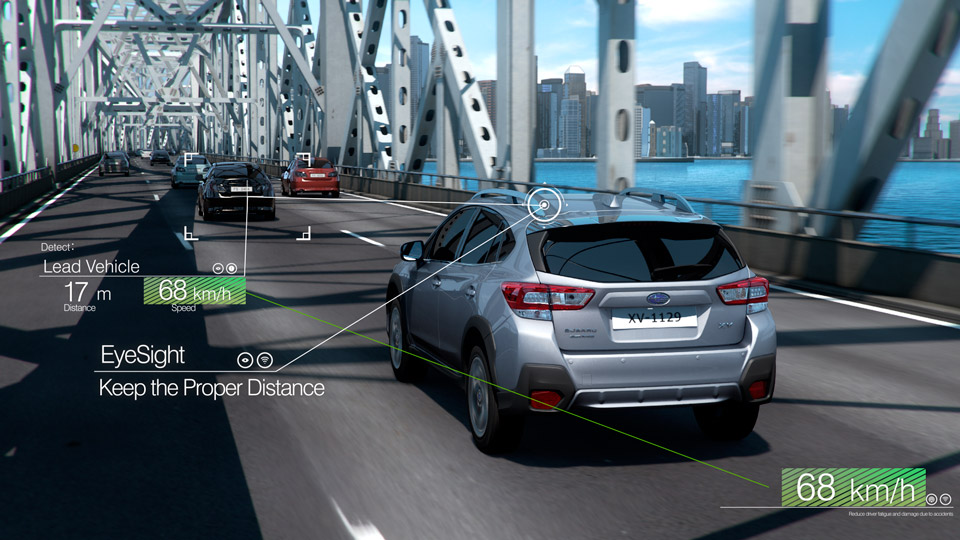
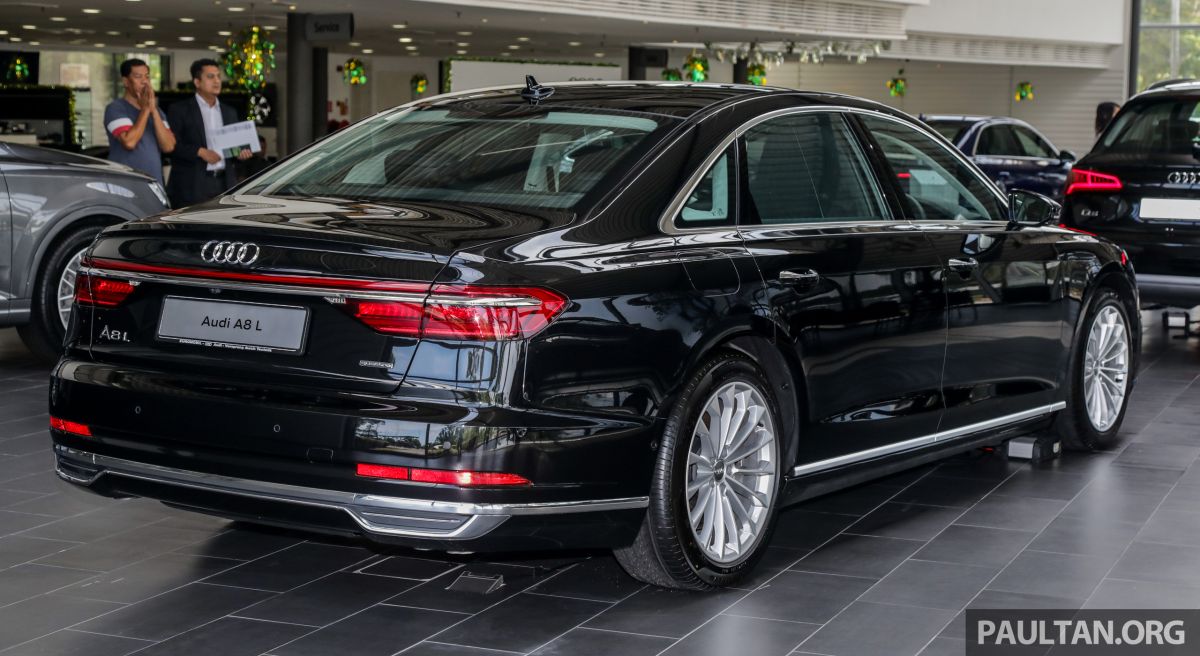
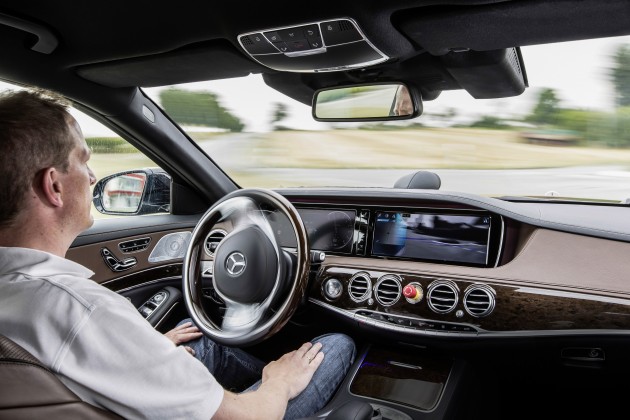
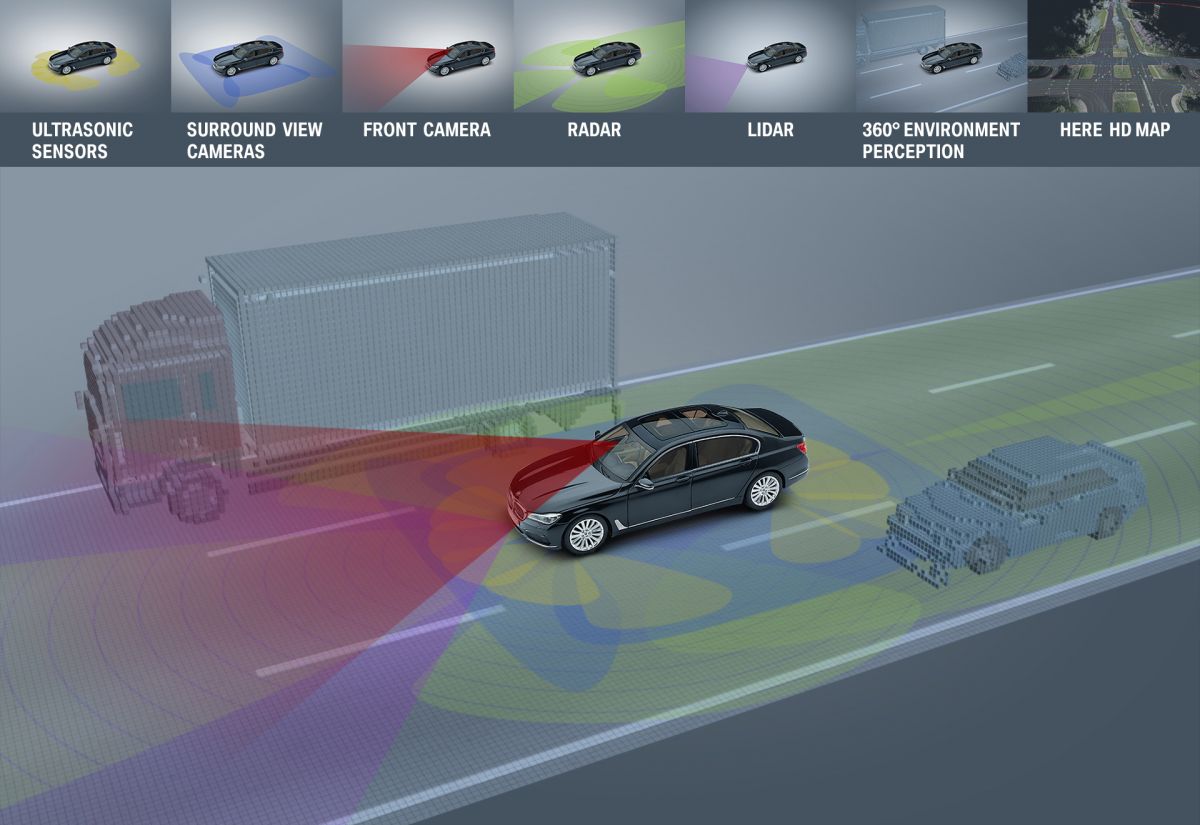
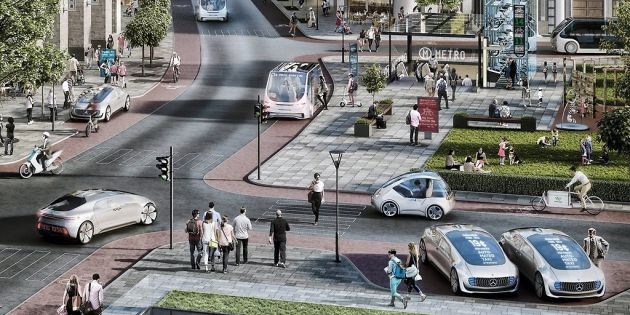































Level 60 Teleportation. No need car anymore.
Those Volvo models here in Inscription Plus specs hav got L2 Autonomous Driving tech as well,
It feels like back in school again reading this.good one.media should educate people.
Level 5 won’t work no matter 2025 or 2030 if we still keep cars of level 0 on the road.
Example now is 2019. But there are still cars of 1990s on the road. No abs, no end stability control…
In 2025 must make sure only cars of level 3 above can be used in cities of KL, penang, ipoh and Jb
L2 is good enough, more than that better take public transport…
nice read! two thumbs up!
flying car compulsory to be equipped with autopilot, albeit may have similar 737-MAX fatality.
Dear PaulTan,
I’ve seen you cited other news/articles without driving or feel a tech/car by yourself but you have yet manage to write an article (even a simple one) about OpenPilot. Others (e.g. Engadget or even Bloomberg) already covered the OpenPilot. Just.a.simple.article. We want to hear your opinion about it.
It is 2021, and there are quite a number of Corolla and Ioniq in Malaysia with OpenPilot. Some published their videos in Youtube. PaulTan still doesnt realized this. I myself just bought the Corolla G-spec and OpenPilot. Really enjoy the drive, even though I have to pay attention, my hands and foot are well-rested during PLUS travel. My mind too!
can recommend where can get the openpilot
No thanks, I’ll keep my level 0, manual tranny, NA hi rev front drive hatch.
Now wait until the Entrepreneur Development Minister Datuk Seri Redzuan Md Yusof bring up LEVEL 8 Autonomous drive and VTOL Flyinhg Autonomous car.
Not flying autonomous car, any transportation that can fly must complies to aviation law and its autopilot.
As it turns out, level 5 autonomy technology is already here and fully operational. They’re called PRTs, short for Personal Rapid Transit. Two good examples are in Masdar City, UAE and Heathrow Airport.
Now, there’s always a catch. If you removed all the cars and replaced them with PRTs, you’d get level 5 autonomy straightaway on public roads.
Level 0.5 should be autonomous signaling. The best-selling and most needed autonomous driving tech in Malaysia.